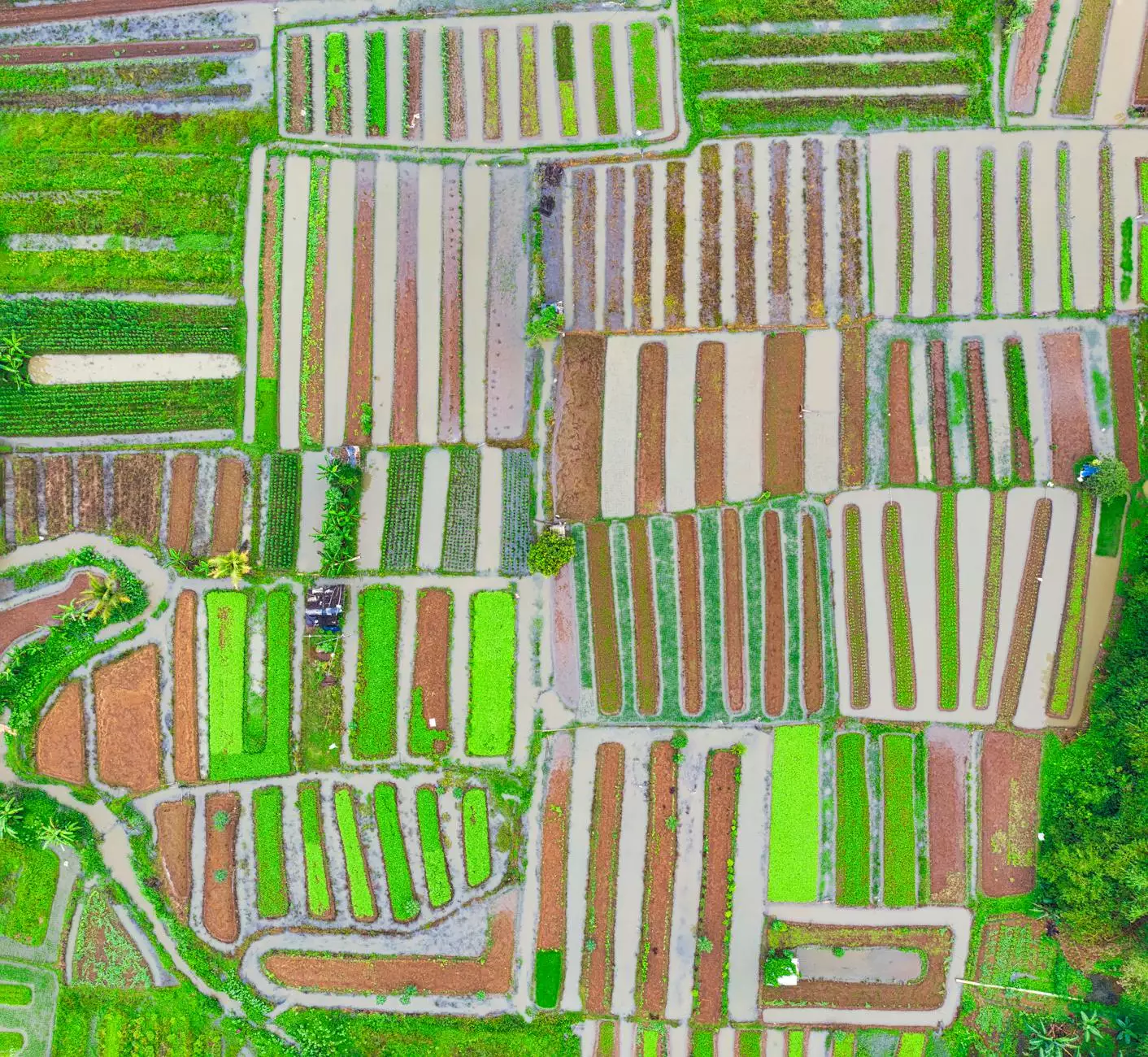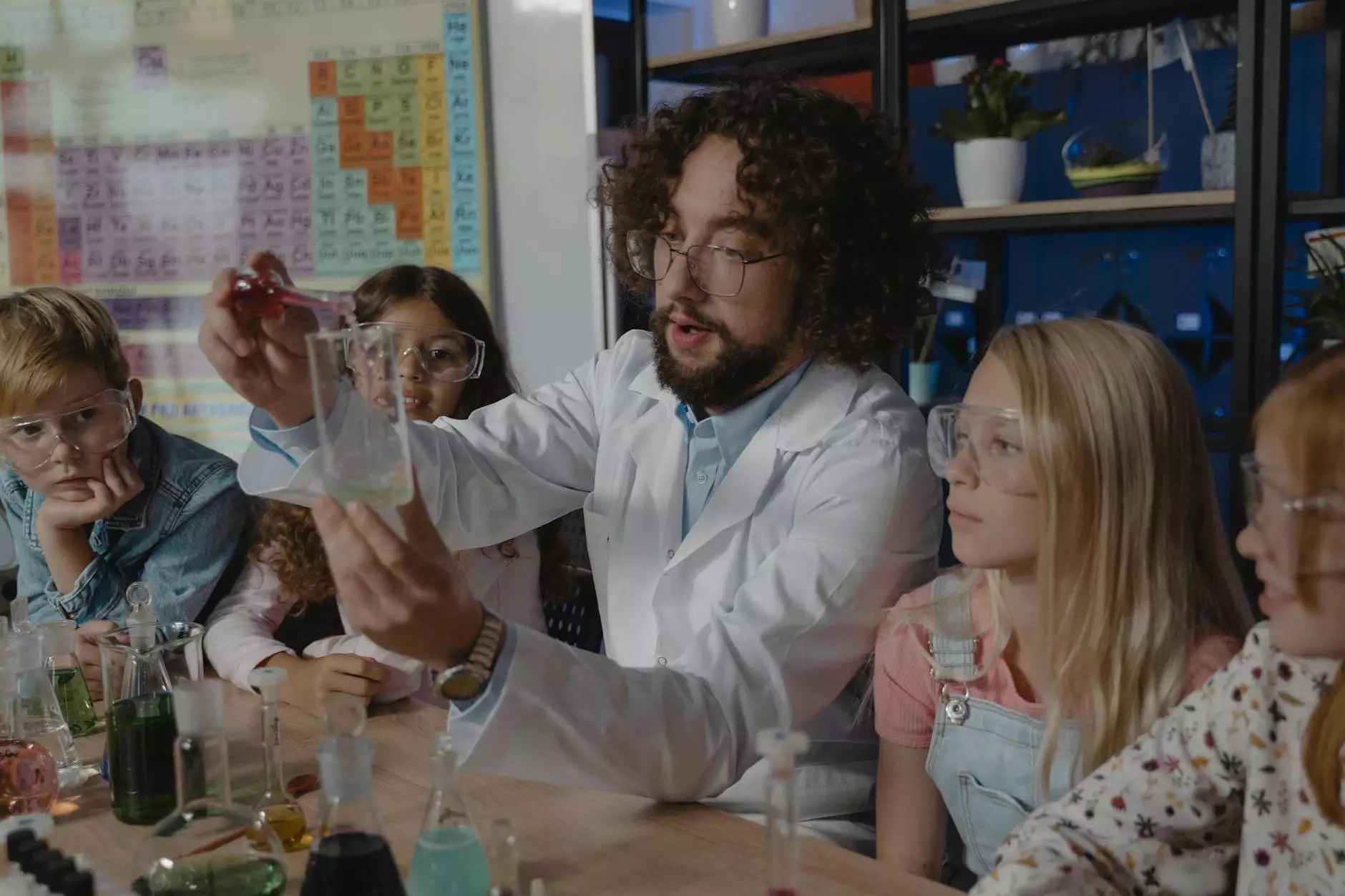What Is a Mixture: Types, Examples, Definition

Introduction
Welcome to The Knowledge Nest's comprehensive guide on mixtures! In this article, we will dive deep into the world of mixtures, exploring their types, providing examples, and defining their significance in various fields. Whether you are a student, a scientist, or simply curious, this detailed guide will help broaden your understanding of mixtures and their applications.
Understanding Mixtures
Mixtures are a fundamental concept in chemistry, physics, and everyday life. They are formed when two or more substances combine physically, rather than undergoing a chemical reaction. Unlike compounds, which have fixed compositions and unique properties, mixtures can vary in composition and exhibit diverse characteristics based on individual components.
The Types of Mixtures
Mixtures can be classified into several categories based on their composition and uniformity. Let's explore the most common types:
1. Homogeneous Mixtures
Homogeneous mixtures, also known as solutions, are thoroughly mixed at a molecular level, resulting in a uniform appearance throughout. This means that the individual components are evenly distributed and not easily distinguishable. Examples of homogeneous mixtures include saltwater, gasoline, and air.
2. Heterogeneous Mixtures
Heterogeneous mixtures consist of visibly different substances or phases, not uniformly distributed. The components in a heterogeneous mixture can be distinguished with the naked eye or under a microscope. Common examples of heterogeneous mixtures are salad dressing, soil, and granite.
3. Colloids
Colloids are a subclass of heterogeneous mixtures, characterized by fine particles dispersed in a continuous medium. These particles are usually larger than individual molecules but smaller than what can be observed by the naked eye. Milk, gelatin, and mayonnaise are examples of colloidal mixtures.
4. Suspensions
Suspensions refer to mixtures in which solid particles are dispersed in a liquid or gas, but are visibly larger and tend to settle over time. These mixtures exhibit heterogeneous characteristics, and the particles can be separated through filtration or sedimentation. Examples of suspensions include muddy water and orange juice with pulp.
Examples of Mixtures
Let's explore some real-world examples of mixtures across various domains:
1. Food and Culinary
Many flavors, dishes, and beverages are mixtures. Consider the aroma and taste of a well-prepared soup, which combines vegetables, spices, and various seasonings. Additionally, the blending of ingredients to create smoothies, cocktails, or baked goods demonstrates the use of mixtures in culinary creations.
2. Environmental
The natural environment is filled with mixtures. Air, for instance, is a mixture of gases such as nitrogen, oxygen, carbon dioxide, and trace elements. Soil is a heterogeneous mixture of organic matter, minerals, water, and countless microorganisms.
3. Chemical Industry
In the chemical industry, mixtures are often involved in manufacturing processes. For instance, the production of paints and dyes requires precise mixtures of pigments, solvents, and binders. Pharmaceutical industries also rely on mixtures during drug formulation and development.
The Significance of Mixtures
Mixtures play a central role in various scientific, industrial, and everyday contexts. Understanding their significance can provide valuable insights into how the world works. Here are a few key points:
1. Analytical Chemistry
Chemists employ mixtures in their analytical techniques, using them as reference materials for testing and calibration. Mixtures are also crucial in determining the composition of substances and identifying their properties.
2. Biological Systems
The human body is composed of countless mixtures, with blood being a vital example. Blood is a combination of cells, proteins, hormones, and nutrients, working together to sustain life functions. Moreover, the interactions between different mixtures within the body are essential for biological processes to occur.
3. Industrial Applications
Mixtures find extensive use in industries such as agriculture, manufacturing, and energy. Whether it's blending fertilizers for optimized plant growth, creating alloys with desired mechanical properties, or producing energy through combustion processes, mixtures are indispensable.
Conclusion
In conclusion, mixtures are diverse and abundant in our surroundings, contributing to various aspects of our lives. By comprehending the types of mixtures, exploring examples, and recognizing their significance, we can gain a deeper understanding of the world around us. We hope this guide has expanded your knowledge of mixtures and the role they play in countless fields. If you're curious to learn more or have specific questions, don't hesitate to explore additional articles on The Knowledge Nest's website.










